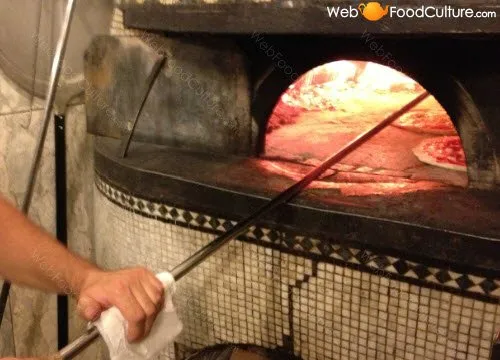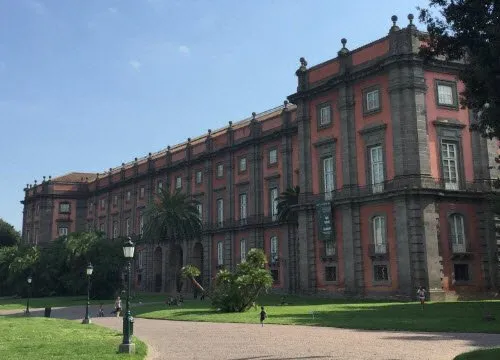Published:
Author: Antonio Maria Guerra
Margherita Pizza

Not many people know that Margherita pizza, the ‘queen of pizzas’, takes its name from that of a queen in flesh and blood: Margherita of Savoy. With the precious collaboration of the True Neapolitan Pizza Association, let’s deepen the knowledge of what is probably the most famous Neapolitan specialty in the world. Let’s examine its history and how it’s prepared. Let’s find the most traditional pizzeria to taste its original flavor.

The history (and the legend) of Margherita Pizza.
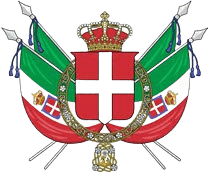 Naples, the month of June 1889, the cook Raffaele Esposito was commissioned to make some pizzas for King Umberto I of Savoy and Queen Margherita visiting the city. Among the different types offered (*1), the royal couple enjoyed one in particular, seasoned with tomato, mozzarella cheese and basil. Probably not by coincidence, its colors were red, white and green: the same as the Italian flag. When asked for the name of this delicacy, Raffaele had no hesitation: the great love for his Queen and a certain amount of cunning made him say “Margherita!”. The most famous Neapolitan pizza was officially born. (*2). Although this story is by far the most known version of the events, it’s very likely just a fascinating legend: recent studies indicate that pizzas very similar to Margherita were present in Naples well before the queen’s visit.
Naples, the month of June 1889, the cook Raffaele Esposito was commissioned to make some pizzas for King Umberto I of Savoy and Queen Margherita visiting the city. Among the different types offered (*1), the royal couple enjoyed one in particular, seasoned with tomato, mozzarella cheese and basil. Probably not by coincidence, its colors were red, white and green: the same as the Italian flag. When asked for the name of this delicacy, Raffaele had no hesitation: the great love for his Queen and a certain amount of cunning made him say “Margherita!”. The most famous Neapolitan pizza was officially born. (*2). Although this story is by far the most known version of the events, it’s very likely just a fascinating legend: recent studies indicate that pizzas very similar to Margherita were present in Naples well before the queen’s visit.
Notes:
*1: It is said that three types were offered: the ‘Mastiuncola’ (made with lard, grated cheese, olive oil, pepper and basil), the ‘Marinara’ (mad with olive oil, tomato and garlic) and the future ‘Margherita’.
*2: It seems there is an official document certifying what happened, signed by Camillo Galli, Royal House Representative.

Margherita Pizza
THE MOST TRADITIONAL PRODUCERS
This article is the result of the collaboration between WebFoodCulture and the Associazione Verace Pizza Napoletana (AVPN), organization gathering the most traditional producers of the famous specialty.


Margherita Pizza STG
 In February 2010, the European Union assigned the STG (Specialità Tradizionale Garantita) label to Neapolitan pizza. This label certifies compliance with specific policy and thus guarantees the quality of the product.
In February 2010, the European Union assigned the STG (Specialità Tradizionale Garantita) label to Neapolitan pizza. This label certifies compliance with specific policy and thus guarantees the quality of the product.
Here follow some of the most important parts of the policy document.
The ‘true Neapolitan pizza’ is defined as a:
“Food preparation, consisting in a base of dough, seasoned and baked in a wood oven”
The set of rules specifies, for example:
- The method to make the dough (including its leavening);
- The method to shape the dough, the ‘formatura’: this must be performed by hand, it’s not possible to use a rolling pin or any other mechanical tool;
- The cooking procedure. This even includes the explanation of how a pizzaiolo should use the paddle to turn the pizza in the oven;
The result should consist in:
“A yeasted flatbread, round-shaped, with a diameter no greater than 35 centimeters and a puffed up crust.”
Naples, the birthplace of Margerita Pizza.
Naples, the ‘city of the sun’, is the county seat of Campania region. Its origins date back to the 8th Century BC.


The most traditional Neapolitan pizzerias.
Here follows a brief list of some of the most traditional Neapolitan pizzerias: places where you can savor Margherita pizza prepared according to the original recipe.
Read more
- Pizzeria Brandi
Salita S. Anna di Palazzo 1/2, 80132 Naples; - Pizzeria Da Michele
Via Cesare Sersale, 1, 80139 Naples; - Pizzeria Trianon
Via Pietro Colletta, 44/46, 80139 Naples;

The ingredients of Margerita Pizza.
According to the procedural guideline for the ‘true Neapolitan pizza’ (‘verace pizza napoletana’), only the following ingredients can be used to make the original Margherita Pizza:
Ingredients for the dough:
- Wheat flour;
- Brewer’s yeast;
- Natural water;
- Sea salt or table salt;
Ingredients for the seasoning:
- Peeled tomatoes and/or fresh ‘pomodorini’ (cherry tomatoes);
- Extra virgin olive oil;
- Mozzarella di Bufala Campana DOP;
- Mozzarella STG or Fiordilatte DOP
- Basil;
Apart from Margherita, the guideline includes the recipe for another type of pizza: the ‘Marinara’. It’s seasoned just with tomato, garlic, oil and oregano;
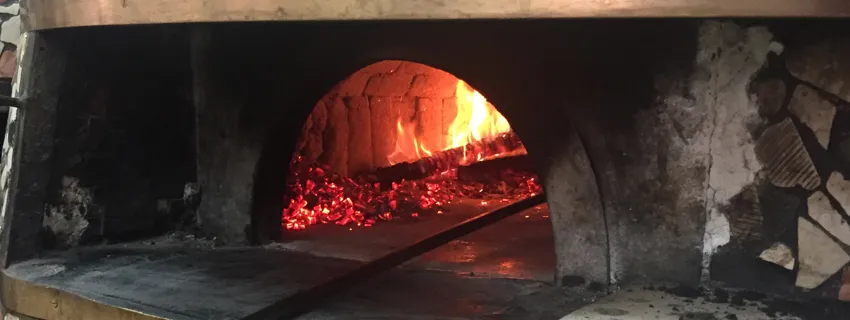
The original pizza oven.
A particular type of wood oven must be used to cook the original Margherita pizza. It looks very much like an ice igloo.
Read more
The roof of its internal chamber, the ‘volta’, is entirely coated with refractory material to keep the heat. The cooking surface (‘piano di cottura’) is made with the same material. The fire is generally put out very rarely. The oven has a small arc-shaped opening that can be closed with a metal door. The smoke produced by the combustion is vented outside the structure through a chimney.
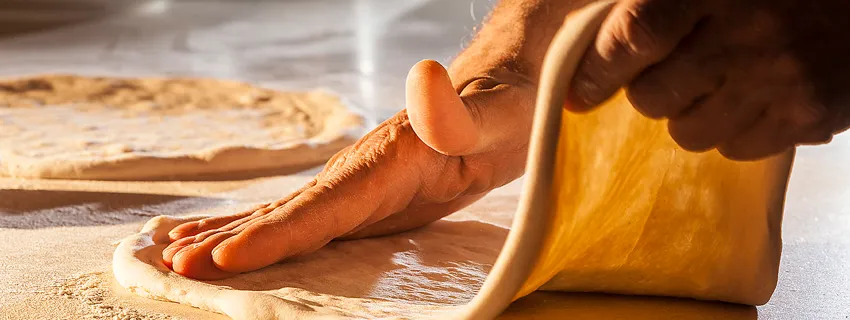

Margherita pizza: nutritional values.
The nutritional values of pizza depend on the ingredients used in its preparation. In the case of Margherita pizza:
- The dough, made with 00 flour, contains mainly carbohydrates;
- Tomato contains proteins, carbohydrates and antioxidants (lycopene);
- Mozzarella cheese contains above all fats and mineral salts (calcium);
- Extra virgin olive oil contains vegetable fats (lipids) and antioxidants.
- Finally, it should be remembered that Margherita pizza is generally very rich in sodium.

Margherita pizza: calories.
It’s quite difficult to determine exactly the caloric content of a Margherita pizza since this depends much on the size of the pizza itself, the quantity of the topping and the amount of the seasoning. Keeping this in mind, it’s possible to say that, on average, 100 grams of this specialty contain 250 / 270 kcals. Since the average pizza weighs three hectograms, the total is about 750 / 810 kcals. In this regard, it’s important to stress the fact that most of these calories come from the carbohydrates in the dough.

The most expensive pizza.
In May 2010 a programmer paid two pizzas using a brand new type of electronic currency, known as ‘bitcoin’. In time, its value has risen sharply. Nowadays, the amount he paid is worth 6 million dollars: 3 million for each pizza!


The Bourbons loved pizza.
In Naples, well before the Savoy, another great royal family, the Bourbons, enjoyed pizza very much. King Ferdinand of Bourbon had such a passion for it to order the construction of a pizza oven at the Capodimonte Royal Palace.
The famous Neapolitan writer Salvatore Di Giacomo tells us about a party in which the Queen, Maria Carolina of Austria, together with her court ladies, ate some pizzas cooked using the King’s oven (*1):
“Being Ferdinand on a holiday in Capodimonte … The oven was built in the woods surrounding the Palace … The pizzas were ready at midnight: the Queen arrived a few minutes later, with four or five court ladies. Some other people arrived: Don Domenico counted twenty of them.“
“The Queen and her ladies enjoyed the pizzas, they all looked very happy. The servants poured the white wine and offered some oranges.
The dances at the Palace started and the vision faded.” (S. Di Giacomo)
Notes:
*1: Visiting the Capodimonte Royal Palace in Naples, it’s still possible to see this wood oven.

Margherita: a ‘food puzzle’.
Margherita pizza is the final result of an evolution lasted for centuries. Evolution started with the preparation of the first flatbread, continued with the invention of mozzarella cheese, and ended with the discovery of a vegetable in the New World: tomato. All these ingredients are like pieces in a sort of ‘food puzzle’, a puzzle completed in Naples with the making of the first pizza.

The right beverage for Margherita pizza.
What to drink with a Margherita pizza?
Read more
A good choice is a beer, quite soft, medium warm, quite fresh and medium sparkling.
- Its softness balances the acid tendency of the tomato;
- Its alcohol balances the greasiness of the olive oil:
- Its acidity and the effervescence balance the sweet tendency of the dough;
Copyright information.
The images displayed in this page belong to WebFoodCulture and to the Associazione Verace Pizza Napoletana, with the exception of:
Public Domain images
- King Umberto I, 1878 (Wikipedia Link) {PD-Art}
- Margherita of Savoy, Queen of Italiy, 1870 (Wikipedia Link) {PD-Art}
- Portrait of Ferdinando I, King of the Two Siciles, V.Camuccini, 1818 (Wikipedia Link) {PD-Art}
Immagini Creative Commons
- Great Royal Coat of Arms of the Two Sicilies (Wikipedia Link) {PD-Art}




